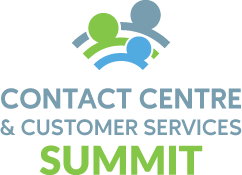Reinventing failure demand to revitalise contact centres

By Suzette Meadows, Lead Consultant, Contact Centre/Unified Communications, Exponential-e Contact centres aren’t averse to a challenge. For years the familiar phone call has seen its role in customer service challenged by other modes of automated communication promising fast, first-time resolutions and tangible cost savings. The reality is that right now, many of these platforms lack […]
INDUSTRY SPOTLIGHT: Gnatta independent SaaS customer communication

By Gnatta Gnatta is an independent SaaS customer communication company, catering for businesses of all sizes interested in maintaining consistently high standards and improving the efficiency and the effectiveness of their customer care. Our staff have a long history running contact centres. This means that you’re working with people with a deep understanding for the […]

